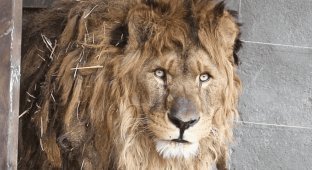The king cheetah is a fairly rare mutation of the common cheetah, first discovered in South Africa about 100 years ago. The fur of this animal is covered with black stripes along the back and large merging spots on the sides. 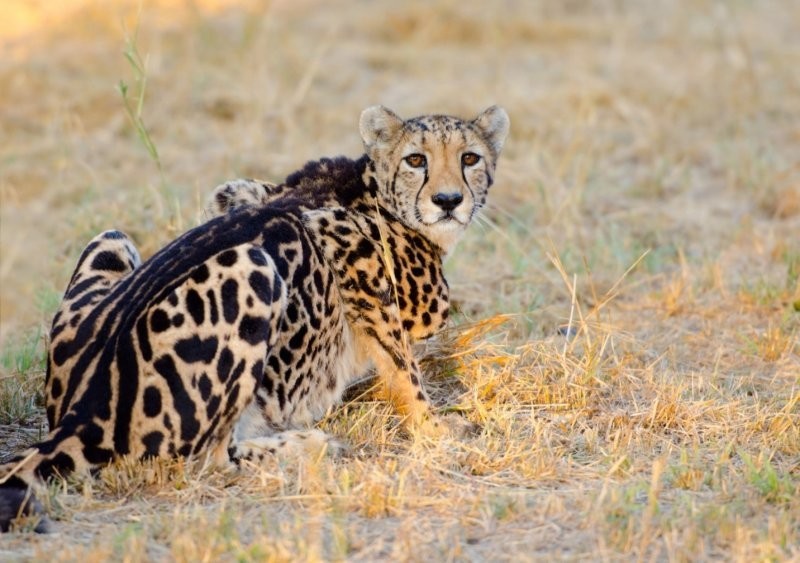
In 1926, scientists discovered an amazing animal - a cross between a cheetah and a leopard. At least that's what they thought. How else? Instead of the usual spotted coat, the discovered animal had large black blotches and stripes. Only later did biologists realize that no one sinned with anyone. But there really are such cheetahs, and they call them royal cheetahs! 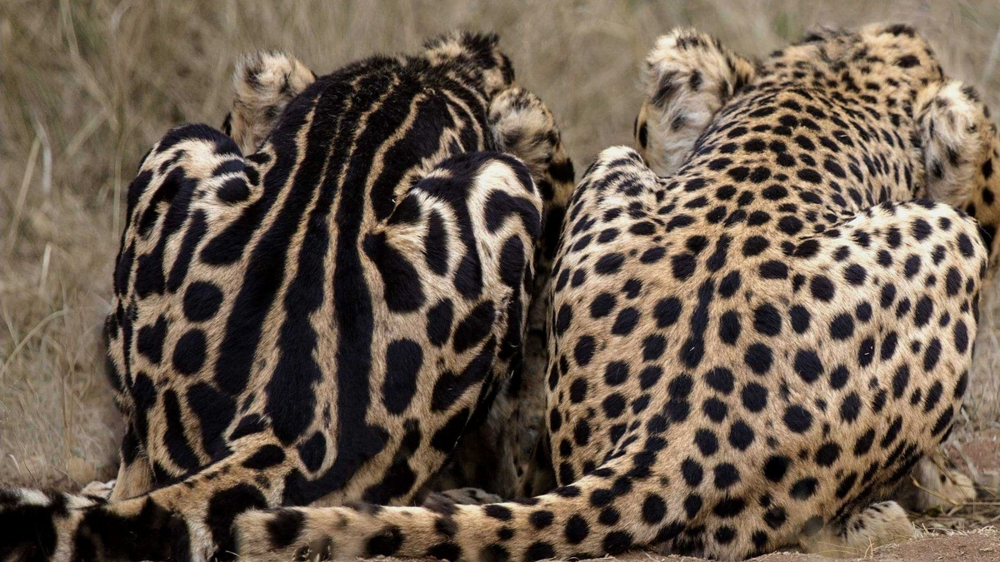
As befits high-ranking persons, the pedigree of the royal cheetahs is orderly and noble - there are no leopards in the family. One small mutation is responsible for their unusual color, which elevated the seals to monarchical status! 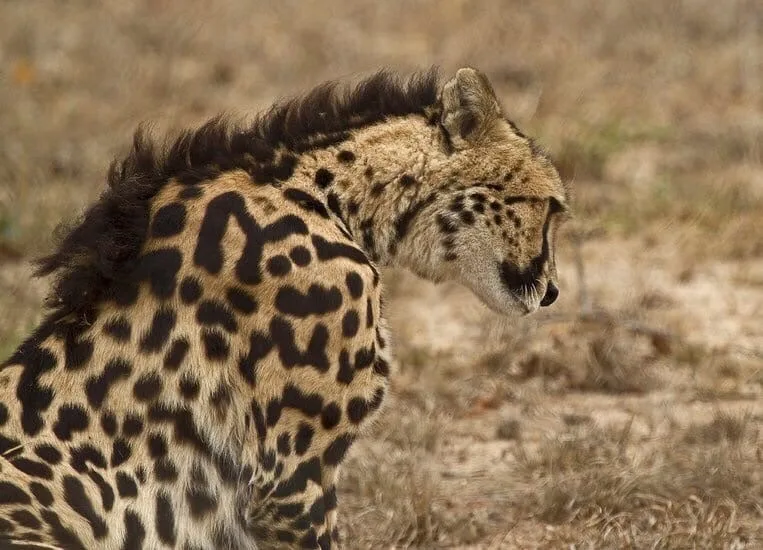
It's no secret that the genetic code is responsible for the way this or that representative of wildlife looks. Whether you are curly, reader, or straight-haired, blond or brunette - everything is written in the chromosomes. It’s the same with our heroes: certain genes are responsible for coloring. 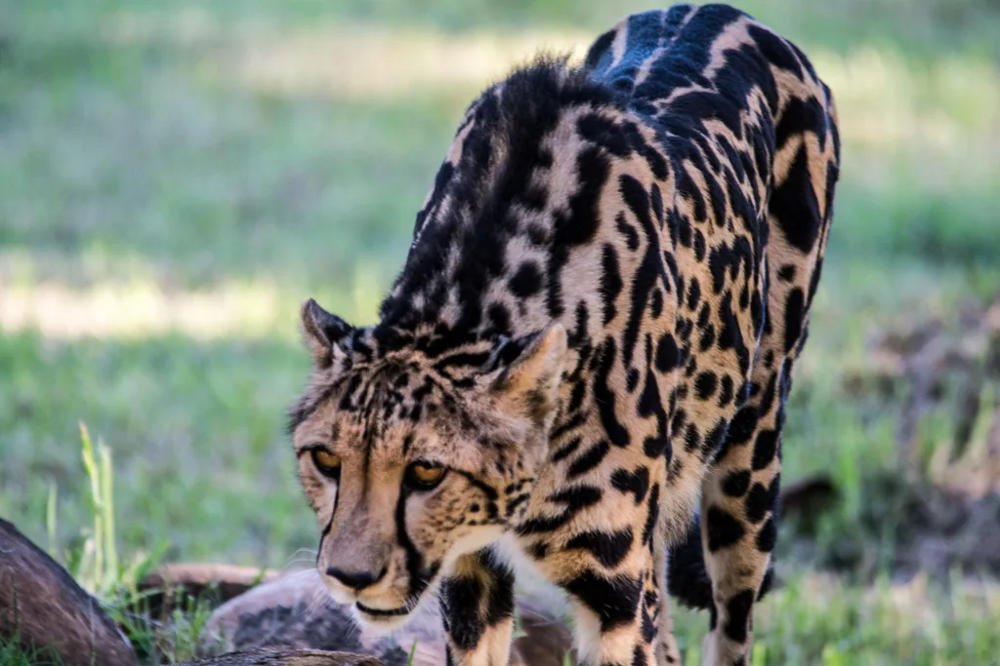
In general, the pigment melanin is responsible for the richness of the color of the skin of any mammal. The more of it there is in an animal’s body, the darker it will be. But the gene code is responsible for the type of pattern on the body. It is like an artist’s brush - it distributes the black pigment into spots and stripes. 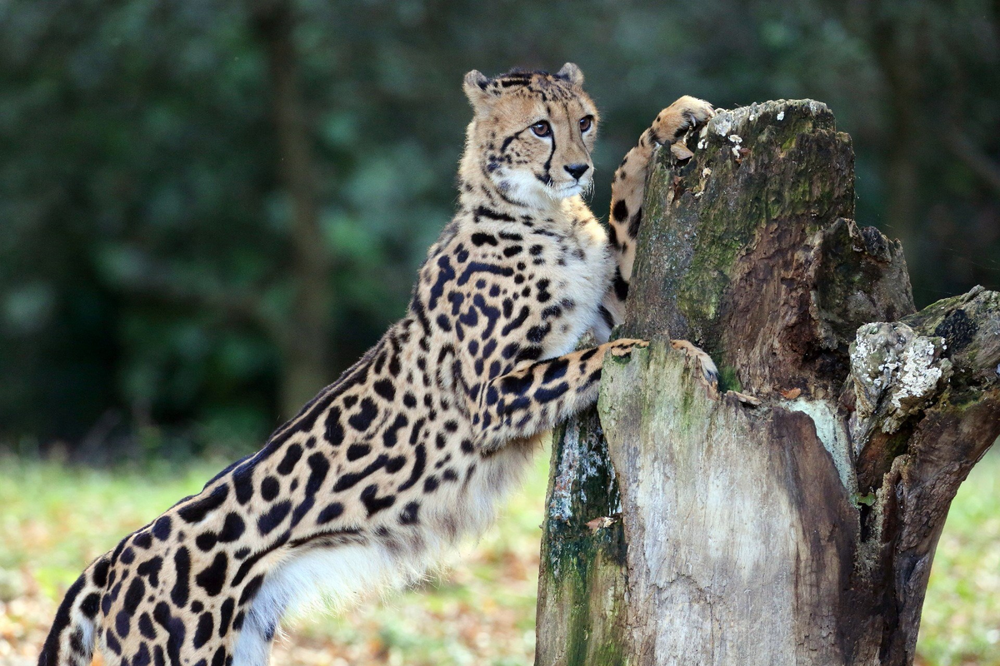
In the case of the king cheetah, a mutation occurred in a gene with the tricky name Taqpep. Yes, yes, just one! So small, but caused so much fuss. It is responsible for the smallness, roundness and correct distance of the spots between each other. But if the work of this gene is disrupted, then the cheetahs turn out to be royal - their spots are scattered chaotically across the skin, as if someone had smeared mascara on the fur. 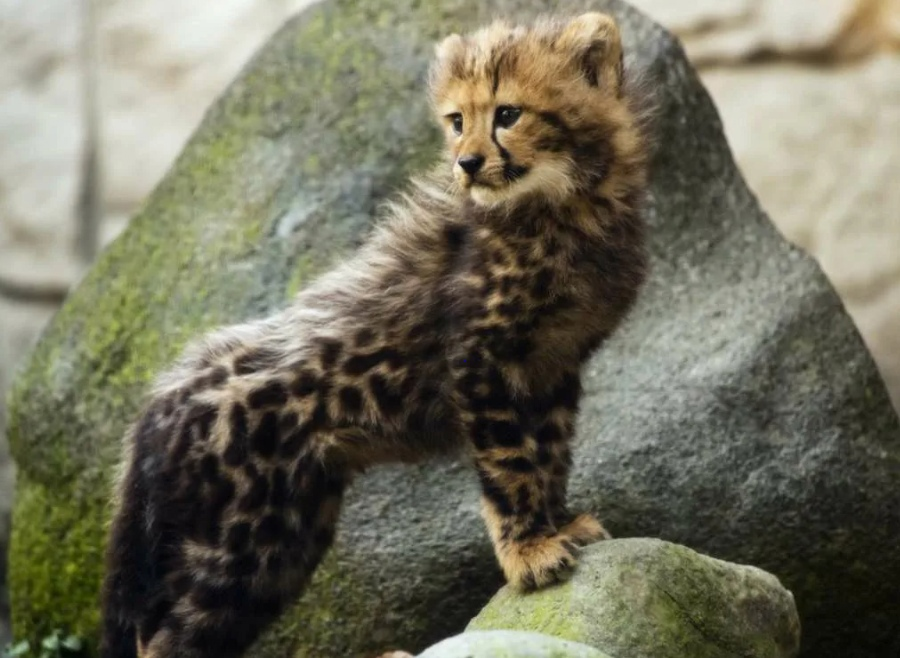
Like all blue bloods, these cheetahs are quite rare and the mutation is recessive. To make royal kittens, both the mother and father need to be carriers of the altered gene. In itself, it is quite safe, since besides the changed color it does not provide any special effects. 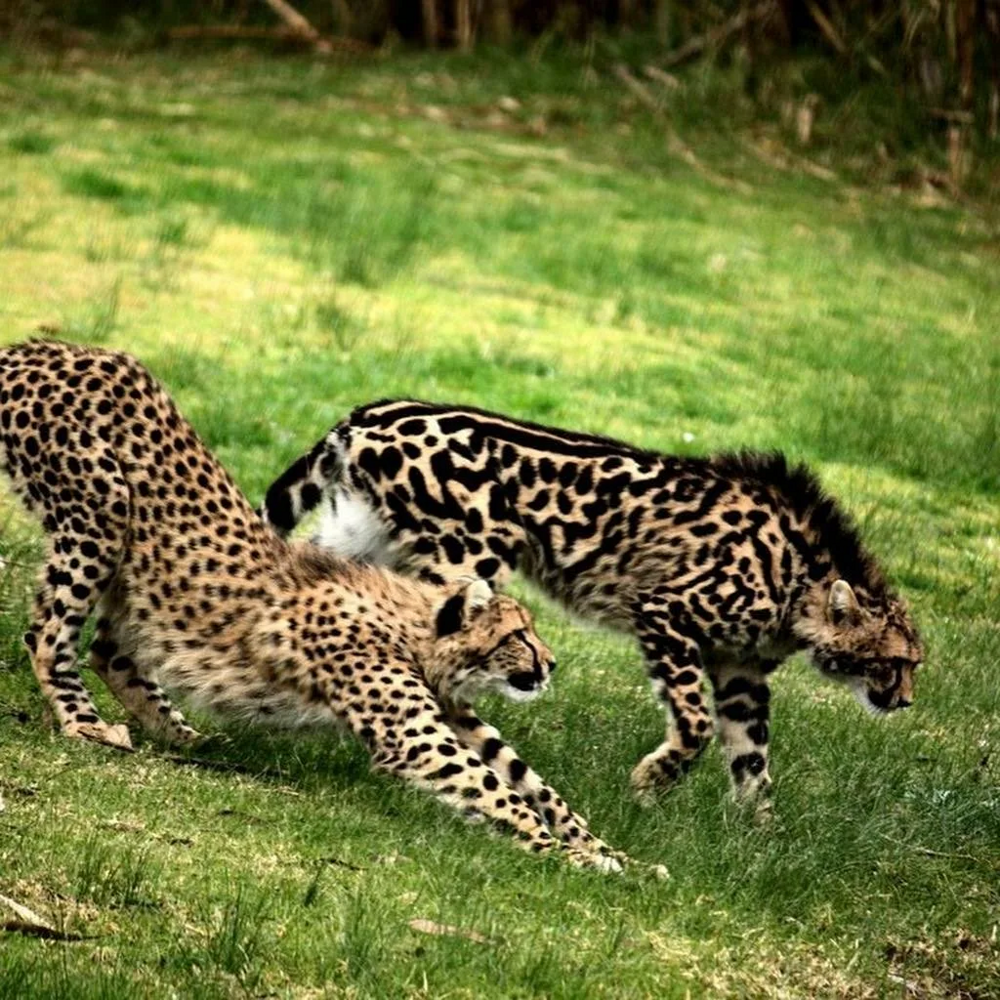
In general, the cheetah's mutations are fun. For example, there are “golden” cheetahs - their spots have turned into specks, so tiny that they are almost invisible! And until the middle of the 18th century, there was a so-called “fluffy” cheetah. Judging by the records of contemporaries, such a cat’s fur remained long and fluffy, like a kitten’s, even in adulthood. But alas, we will no longer meet such beauties - due to their rarity and beauty, the cheetah was quickly exterminated. 
Sorry, you're late for the spot distribution. Come in the next life.
Add your comment
You might be interested in:


















